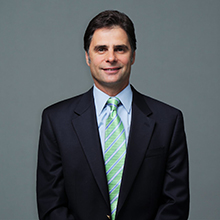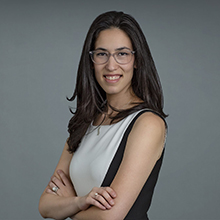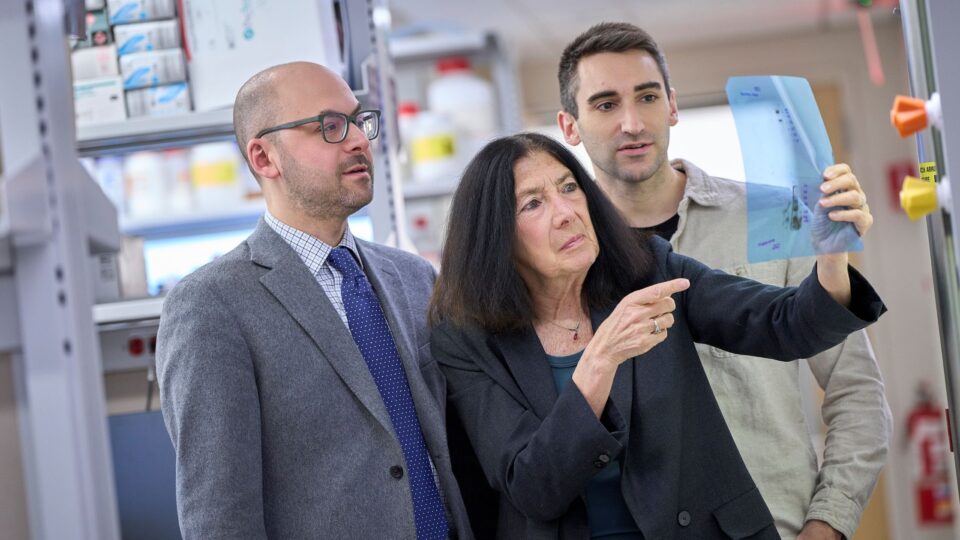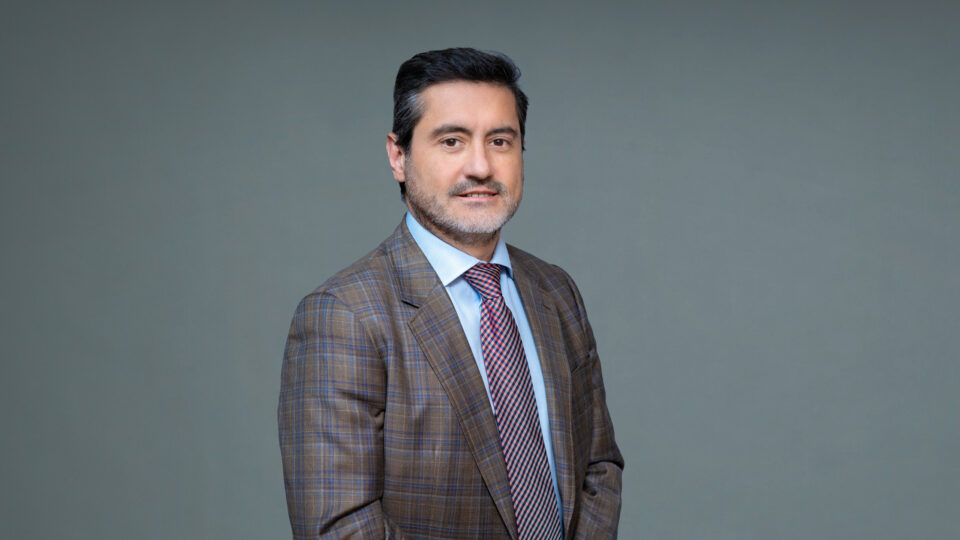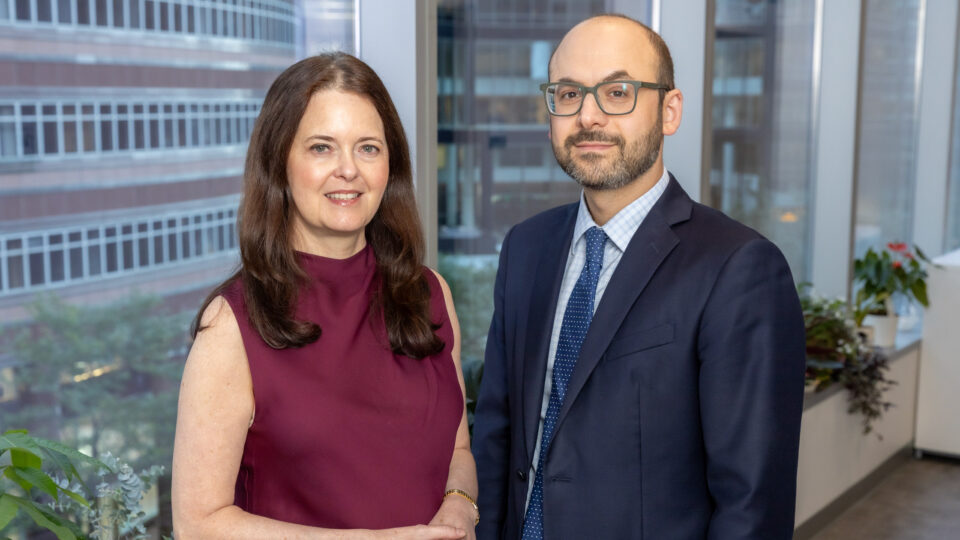Experts at the NYU Langone Fertility Center reported performing nearly 40 percent more oocyte retrievals in 2021 compared to the preceeding year. While somewhat surprising given the pandemic, the trend is in accordance with both experts and models pointing to the rapidly growing interest in egg freezing and in vitro fertilization (IVF).
“The fact that we were in the throes of a pandemic did not affect our egg numbers, embryo fertilization rate, or pregnancy rate,” says Frederick L. Licciardi, MD, director of the Oocyte Donation Program at the fertility center. Dr. Licciardi and colleagues recently reported in Clinical and Experimental Obstetrics and Gynecology that the pandemic did not influence outcomes.
Considering the growing demand in assisted reproductive technology (ACT), infertility specialist Jennifer K. Blakemore, MD, says she and colleagues are focused on making treatments less stressful and more accessible.
“Infertility doesn’t care who you are, where you are, and what kind of funds you have, it affects everybody,” says Dr. Blakemore. “The more ways we can provide patients with information on the expanding options and opportunities related to reproductive health, the better.”
“The fact that we were in the throes of a pandemic did not affect our egg numbers, embryo fertilization rate, or pregnancy rate.”
Frederick L. Licciardi, MD
The Need to Address Stress
Stress as a side effect of assisted reproduction is an important part of discussions with patients. “I tell patients ahead of time, ‘This is going to be stressful for you, it’s normal.’” says Dr. Licciardi.
While high levels of stress are anticipated in patients undergoing IVF, the center’s previous research revealed egg freezing to be at least as stressful as IVF. Younger and younger women are seeking the service for diverse, stress-provoking reasons, listing concerns related to age, health status, career stage, and a lack of immediate prospects for a partner.
To further examine stress in egg freezing, Dr. Licciardi is leading an ongoing study involving surveys and interviews with patients before and after oocyte cryopreservation.
“I’m hoping these studies will help providers who are offering egg freezing understand the complex decisions and intense stress their patients are facing,” Dr. Licciardi says. “Keep your eyes open for signs of disruption and stress in your patients and address it, be open.”
“Keep your eyes open for signs of disruption and stress in your patients and address it, be open.”
Jennifer K. Blakemore, MD
Dr. Blakemore recently authored a review in Fertility and Sterility highlighting the need for individualized and comprehensive counseling for those seeking oocyte cryopreservation.
“Patients need to be cautioned and counseled that we don’t have perfect statistics yet on things like how frozen eggs work 10 to 20 years from now and all of those different aspects,” Dr. Blakemore says. However, retrospective studies of the center’s oocyte thaw outcomes are beginning to address these unknowns, suggesting egg freezing may be superior to IVF for delayed childbearing.
Expanding Access to Specialized Fertility Care
Despite exciting advances in ART, disparities exist in accessing and utilizing these specialized services. NYU Langone investigators have recently reported on sociodemographic differences in the use of fertility services among women with cancer as well as the utilization of planned oocyte cryopreservation among Black obstetrician gynecologists.
One new study from fellow Ashley Wiltshire, MD, used a unique case of primary ovarian insufficiency in a 36-year-old Black woman to shed light on how systemic barriers hinder some patient’s abilities to reach their fertility goals. The authors outline recommendations including full spectrum fertility coverage as well as noting the importance of providers committing to address inequities in fertility treatment.
“We can do a better job of educating ourselves—internal medicine providers, OBGYN providers, primary care physicians and beyond—with more information on fertility statistics and services in order to reach more people and provide better care,” says Dr. Blakemore.



